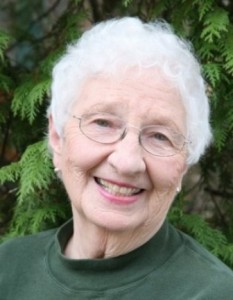
Submitted by Donna McDaniel, Contributing Writer
Southborough – It may be hard to believe, but the biggest problem for our very first town meetings in 1727 was the voters’ disagreement on where to build their future meeting place. Those first sessions were in Timothy Brigham’s home on Main Street. Lacking any agreement, the early Southboroughers asked a committee of out-of-towners to decide, but even then they couldn’t agree on a solution.
Wondering about the “+” in the title? It’s for special meetings held in between some 288 annual sessions since 1727.
Unlike that unpropitious start, we haven’t sent out of town for a resolution to our disagreements since! Likely no surprise, our single biggest issues have been schools?closing, building and/or changing grade configurations, such as giving up Peters High School or temporarily housing kindergarteners in a reopened South Union School.
Some of you may recall the years we defied law by 1) cutting the school budget and 2) a lopsided vote to block an abortion clinic on Route 9 by adopting a bylaw preventing free-standing clinics. The state Supreme Judicial Court found it unconstitutional. Cutting schools was also ruled illegal in court. Schools got their money but an expired lease on a Route 9 West office negated the clinic plan.
Memorable multi-year debates include: paying to cover our water tanks, buying our very own street sweeper, and endless discussions about how many police cruisers we need, how long they should last, and why they needed air conditioning. The cruiser requests and tank covers eventually won, the latter thanks to Water Commissioner Phil Mauch’s description of what the birds were leaving on their visit to the tanks.
The best way to assure a good Town Meeting turnout is to propose a change in which grade will be in which school or better – propose a new school. I wasn’t here yet but I have read about the year building the Margaret A. Neary School was proposed. Voters overflowed the Mary E. Finn School’s cafeteria (Finn was then about half the size) so the meeting was postponed a night to accommodate the overflow. Neary (1970) was to house elementary grades, Finn primary classes, and the Albert S. Woodward School the middle grades.
Surely our most unusual meeting was for the hotly debated issue of building our own high school. Held in fall 2001 in an empty EMT warehouse, 1,200 people attended (more had been expected). After many months of debate, it quickly became clear that few were in favor.
Building the P. Brent Trottier School was not a challenge but replacing the 40-year-old Woodward with housing for earlier grades was. That meeting was the most disturbing for some voters because apparently too many people came only for a quick vote to build a new school without debate; many – apparently first-time attenders – even talked while a speaker was addressing the assembly. Some said they were appalled at the disrespect of the process.
The most dramatic event in the last half century was a last-minute agreement at a Special Town Meeting to reject a long-studied plan for a landfill on property (now Shipper Lane). The Parkerville Road landfill in the field in front of Neary School had been ordered closed. However, the day before the Town Meeting to vote on the already engineered landfill plan, a special Sunday meeting was held at which the Advisory Committee presented a new idea – to build a transfer station. The committee convinced other town boards to wait for a specific proposal to join others in the new resource recovery plant in Millbury.
The fact is that just a few Advisory Committee members went out on a limb on this recommendation – much to the dismay of officials who had spent time and money on landfill plans. Yet it was a sign of both the courage to go against the grain and the voters’ ability to be open, to listen, and, yes, to change their minds for a better idea.
With all the cynicism about our government, it’s important to remember democracy can work if and when we give it the attention it deserves.













